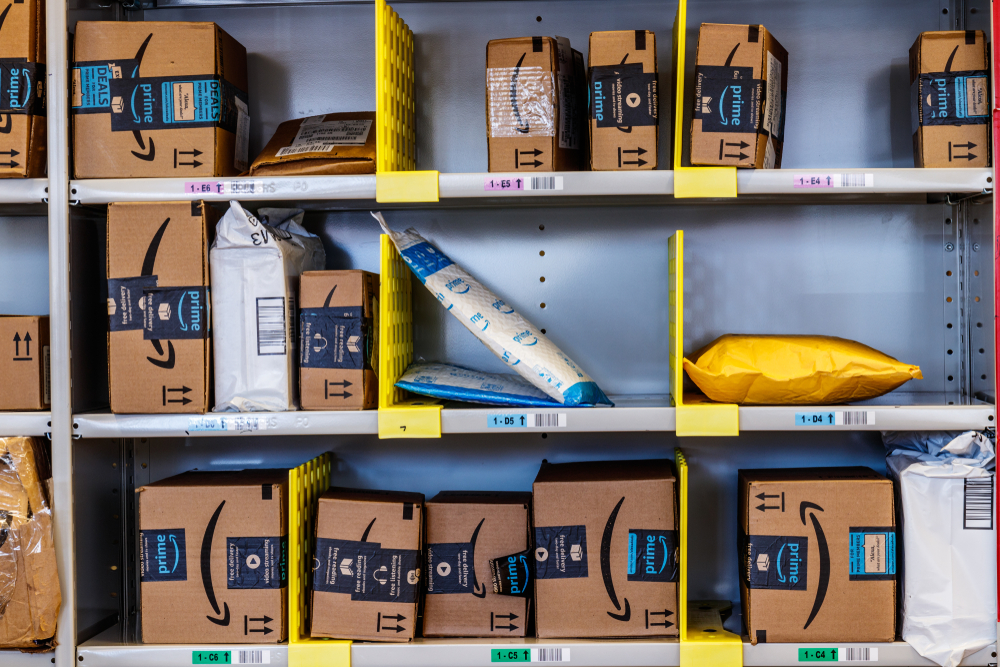
Every $1 you save is an extra $1 profit. Not only that, you also need to invest less in re-orders if your product costs less. It will increase your ROI and reduce the strain on your cash flow.
In this article, we will cover our top tips to reduce costs for Amazon sellers.
Prep Yourself
Make sure you check the requirements for your product type before sending to Amazon so that you can prep it correctly.
It’s usually a lot cheaper if you arrange the packaging at the factory where the goods are made.
By fully packaging and preparing the product in advance, you can save this fee.
Include a FNSKU Label on your Packaging
Amazon charges $.30 a label if it has to add the FNSKU to your product.
If the factory adds this to the packaging, in the artwork, it costs you zero extra. If you only sell 1000 units a year it doesn’t make that much difference, but at 5000 units a month, that’s $12,000 saved over the course of a year.
I replaced my barcode on my box with the FNSKU. The cost of printing the box did not change so the overall cost of the product is the same. But this saved me all the FNSKU labelling fees from Amazon.
Multiple FBA Locations
Amazon lets you select whether you want to ship to one FBA location or multiple destinations via their Inventory Placement Service.
If you elect to ship to only 1 FBA destination, they will charge you for their inventory placement services which start at $.30 an item. This can quickly add up.
But splitting a few hundred units into multiple shipments from China can be more expensive. It’s better if you ship to a specialist FBA warehouse service in one shipment from the factory rather than having them send the products to multiple Amazon warehouses.
Double check the cost of both options before your first shipments. What is cheaper? Splitting up 1 shipment to go to multiple warehouses or to send all to 1 location. Do the maths for your item.
Order in Bulk
Usually the more product you order, the cheaper the unit cost and the greater your profits. Freight costs per unit go down as your scale increases. Unit costs for the product also decrease with volume.
Start with a small test order to make sure the product sells well, and then you can scale up your order size to get the benefits of scale.
I try to order 4 to 6 months of stock each time, that way I need to place new purchase orders less often.
Plan Ahead
By planning orders ahead you can greatly reduce your costs. There are times in the year when shipping costs go up a lot.
You can arrange shipments in off-peak times or by sea and save thousands of dollars per delivery. You need to double check your stock level and sell-out date once a week.
Usually around Chinese New Year and Christmas everyone is trying to order and ship stock. Prices can skyrocket. By bringing in some extra stock earlier in summer you can save a lot of these extra fees.
Optimize Promotional Spending
You can burn through a lot of money on pay per click and running promotions.
When doing any advertising you should always start small, measure the results and then scale up. Run through your advertising and promotional returns weekly to ensure you catch any losing keywords or strategies sooner.
Most sellers are burning money on Amazon Ads and PPC for bad campaigns and keywords. Simply review your ad spend every 2 weeks and optimize and over time this should help you scale.
Look for More Suppliers
By continually looking for different suppliers for your products, you might find a factory that is up to 50% cheaper than your current factory.
When you are first ordering it could be that fewer suppliers will be interested in your business. But once an item is selling and you have repeat orders it opens the door to more potential suppliers.
Also, by committing to a slightly larger order you may get a supplier to significantly reduce their overall costs. Why not re-check the market to see if you can improve your price.
You do not have to change supplier – you can tell your current factory that the market price has decreased and negotiate a better price.
